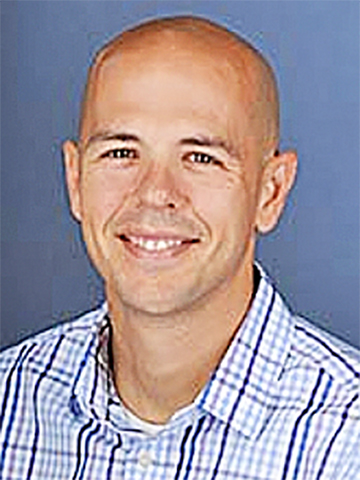Visit a faculty break room on a college campus these days. Or gather a group of university professors together for a Friday afternoon cocktail. Or call one on the phone to ask how classes are going.
Attendance arises first in almost any such conversation. Three semesters past the time when most universities proclaimed that classes should return to regular schedules and classroom formats, the world of higher education is still bucking and heaving.
Especially when it comes to attendance.
Last week was the start of spring semester on many university campuses in Kansas, including Kansas State, Wichita State and the University of Kansas, where I teach. What you will hear in those faculty break rooms is frustration at the empty chairs in classrooms. If classes are fully registered, why are so many seats empty every day?
Lockdowns, remote schooling and lenient standards were a hallmark of pandemic schooling, starting in 2020. Kansas Reflector reported how chronic absenteeism in K-12 education led to nearly one-fourth of students missing “at least 10% of school days in 2021-2022.” Students now on our college campuses experienced high school in this era of sparse attendance.
Additionally, many students have watched their parents’ white collar workplaces scoot into home offices as employment arrangements became more flexible. If mom stays home and works in her pajamas while dad hosts Zoom meetings 15 feet from bed, why should I have to leave my residence hall room?
Scrawny attendance on college campuses has many effects. Students miss vital content that leaves them unprepared for the next project or exam. Professors watch their inboxes fill up with messages from absent students asking for the classroom materials to be delivered via email. And students fail classes, even when we as instructors reach out and beg them to attend.
For these reasons, instructors and professors are obsessed with attendance, now more than ever. How can we persuade more students to attend more regularly?
We have been pulling out every conceivable incentive to draw students back to class and wielding punishments for those who don’t.
As for incentives, I have presented surprise attendance points for students who attend class on a random day, hoping that will draw in students who are desperate to improve their grades. Perhaps long overdue, I have abandoned lectures packed with outlines and PowerPoints. Instead, I have supercharged my classes with interactions, discussions and in-class projects. Many of us not only learn better in these ways, but we also enjoy classes more. My hope is that this drives higher attendance.
Some instructors have pulled back the number of resources (such as handouts and assignment descriptions) they offer through their course’s website. Their hope is that students will attend if the vital currency of a modern education, namely points toward a passing grade, is dispensed only in the physical classroom.
The message is this: The classroom is here, not online.
Other instructors have employed attendance apps or clickers to reward students who attend — and monitor the students who don’t. In smaller classes, like mine, it’s easier to take old-fashioned attendance by calling each student’s name.
This week, the faculty senate for the University of Kansas, where I teach, provided the campus’ students, faculty and staff with the draft of a new policy about absences. The university community has until Feb. 7 to respond via written comments. Rather than steering down each cul-de-sac of language in the 800-word policy, I will focus on the second section, titled “University Excused Absences.”
The policy sensibly says: “Attendance policies may vary for individual instructors and shall be included in the course syllabus.” Everyone can agree on that.
However, things get murky afterward — especially for those of us who teach large classes.
The phrase “university excused absence” muddies these waters. The policy defines such an absence as one “for which a student cannot be penalized and shall receive an accommodation for completing the missed work.” Among the legitimate reasons for such an absence? Illness or injury, required military service, religious observance, participation in university activities (like sports or concerts), jury duty, and more.







